The Ultimate Hair Hack for Period Drama: Ribbon Headbands!

In any period drama, there’s always that hair ribbon—whether worn on top of the head or at the back. Simple as it is, this accessory adds an elegant sway to the wearer, exuding a distinct Chinese aesthetic. How does such a humble hair ribbon hold so much charm?
Ⅰ. What’s this hair ribbon called?
Hair ribbons are perfect for styling! This accessory is incredibly common in period dramas and Hanfu hairstyling. For example, Liu Shishi sports hair ribbon looks in the period drama Love in Pavilion.
While we often just call it a “hair ribbon,” it actually has many names. Let’s break down the common terms and ways to wear it. As netizens say: “This is a veteran actor called the hair ribbon—every period drama needs it, and it ‘acts’ amazingly well!”
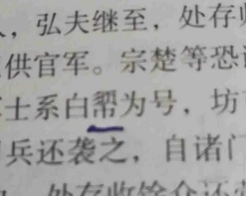
For example, one of its names features a rare character: composed of “须” (beard) above and “巾” (towel) below (this character can’t be typed out). Pronounced “xū“, this character refers to a headrope. You can see how this character is written in the image above. 🤔
Zhuzi’s Family Rites (《朱子·家礼》) records:
“When a woman wears mourning attire, she uses a ‘butou’—a strip of slightly fine linen, eight inches long, to tie the roots of her hair, with the remainder hanging down behind.”
The Song dynasty text Origins of Things states (《事物纪原》):
“The daughter of Nuwa first used wool to make a rope tied at the back of the head. Later generations replaced it with silk and colored silk, naming it ‘tou’—retaining the form of the original rope.”
Supplements to Yijian Zhi (《夷坚志补》) mentions:
“They moved to Wai Sha in Lin’an, selling ‘tou’, combs, and hairpins by peddling.”
Ⅱ. Hairstyles Paired with Hair Ribbons
Based on ancient paintings and historical artifacts, as well as modern usage trends, hair ribbons are commonly used to adorn the back of the head. A simple knotting technique, often seen in period dramas, works well here. However, it’s important to note that in ancient China, adults didn’t typically wear their hair loose.
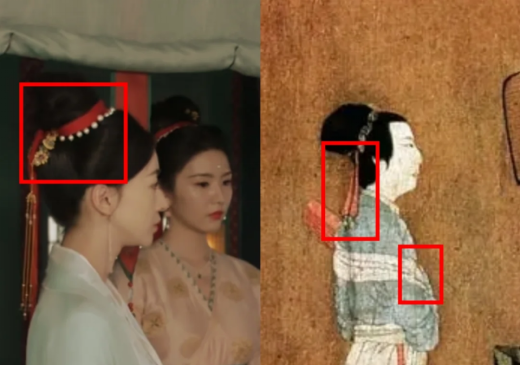
Another popular style involves tying ribbons on both sides at the back of the head, similar to the look of two hanging ring buns in Tang and Song dynasty paintings of ladies. This style adds a youthful, sweet touch.

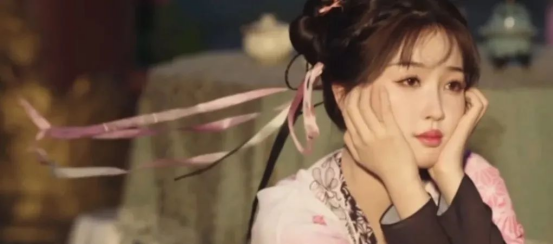
Alternatively, wrapping the ribbon around the front of a hair bun—especially common in Song dynasty-inspired styles—highlights the bun’s intricate structure, creating a layered, decorative effect.
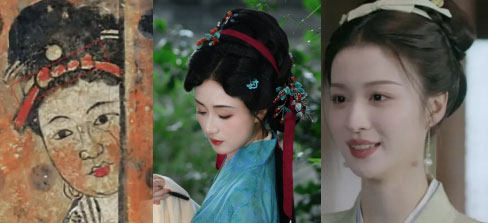
Another classic hanfu hairstyle is using the ribbon to tie the ends of the hair, a technique popular in Han and Jin dynasty hairstyles that exudes a gentle, demure charm. It’s worth noting that in the Western Han period, even when hair was worn down, the ends were usually coiled into a small bun rather than left completely loose.
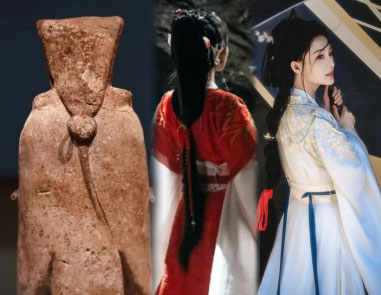
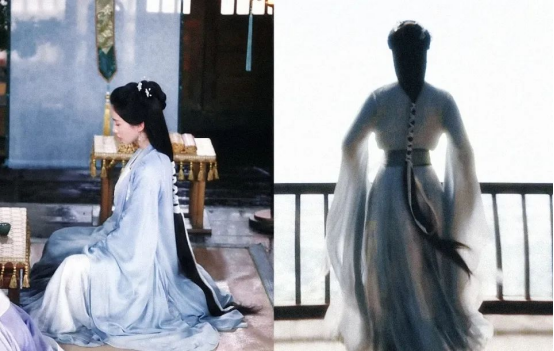
There are also various braided styles, often seen in children’s hairstyles (when hair is tied in two tufts) or exotic-inspired looks. In period dramas, these braided ribbon styles are commonly used to portray young maidens.
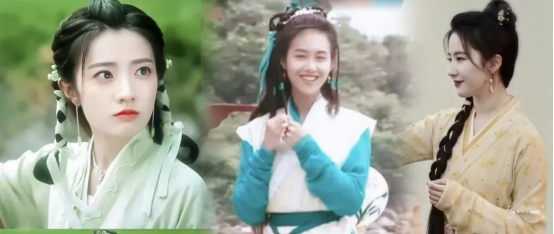
Remarkably, hair ribbons are versatile for both men and women, whether hair is worn loose or tied up. This unassuming accessory has become a staple in modern period dramas—you’ll often see it even in hairstyles without hairpins.
It’s not limited to fantasy dramas either. The ribbon appears in shows set in various dynasties. For example, in the Ming dynasty-style makeup of The Glory, it’s used to define the youthful look of Zhuang Hanyan during her teenage years.
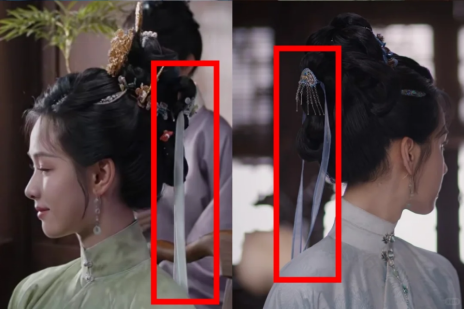
This accessory isn’t just “ethereal”—it’s incredibly practical too. Take inspiration from period dramas: adding a hair ribbon to your everyday look can work wonders. It’s a budget-friendly way to elevate any style!
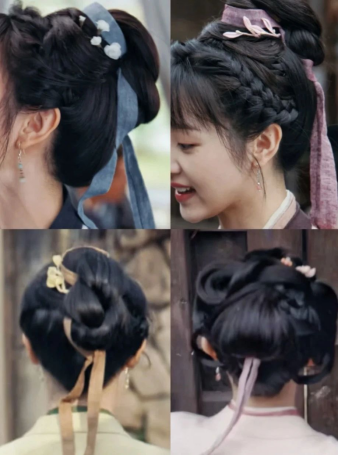
Ⅲ. Styling References from Ancient Paintings
After learning so much, are you feeling confident about creating your own Chinese dress hair ribbon look? Here are some hairstyling references inspired by ancient paintings of Hanfu-clad women. With so many tying techniques to choose from, just pick the one that suits you best!
1. Use a hair ribbon to secure a hair bun.
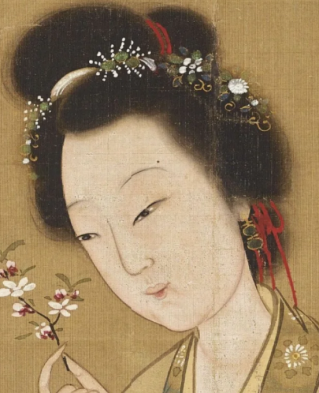
2. Wrap a hair ribbon around the hair bun and adorn the tail with pearls.
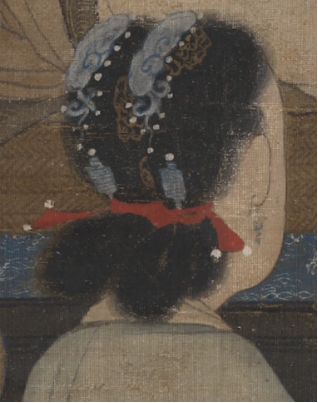
3. Wrap a hair ribbon around a hair ornament.
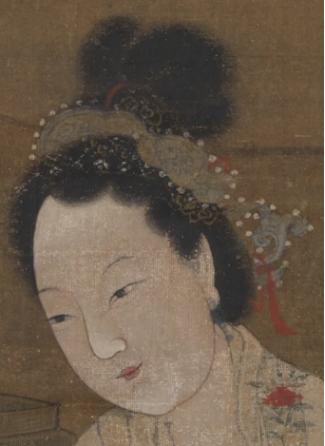
4. Use a hair ribbon to secure a wrapped bun hairstyle.
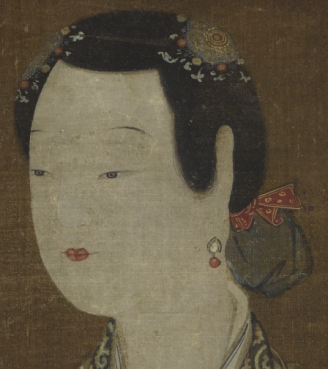
5. Wrap a hair ribbon around the bun so it drapes down the back, and adorn the ribbon’s tail with gold / silver / pearl embellishments.
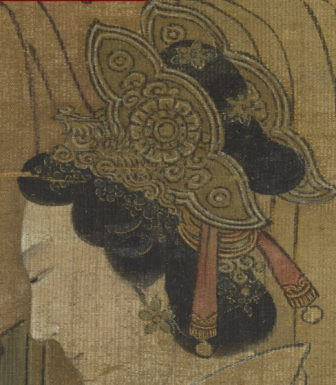
6. Wrap the hair ribbon directly around the bun a few times.
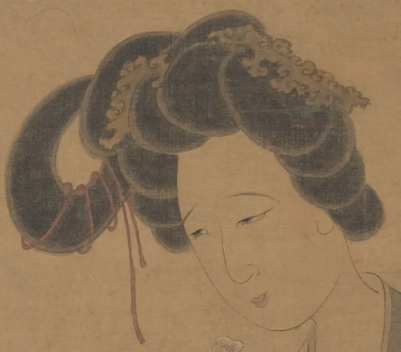
Summary
No period drama is complete without it. Which historical drama character rocks the hair ribbon best in your opinion? Share your thoughts below!
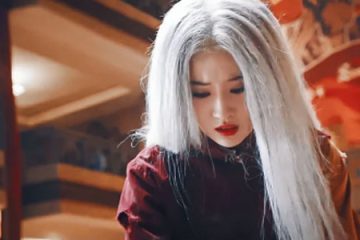
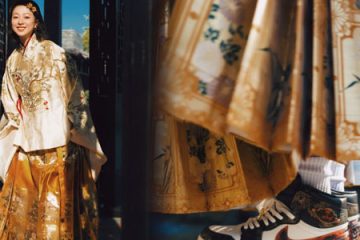
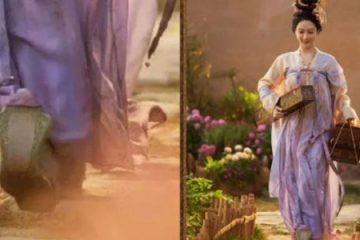
0 Comments